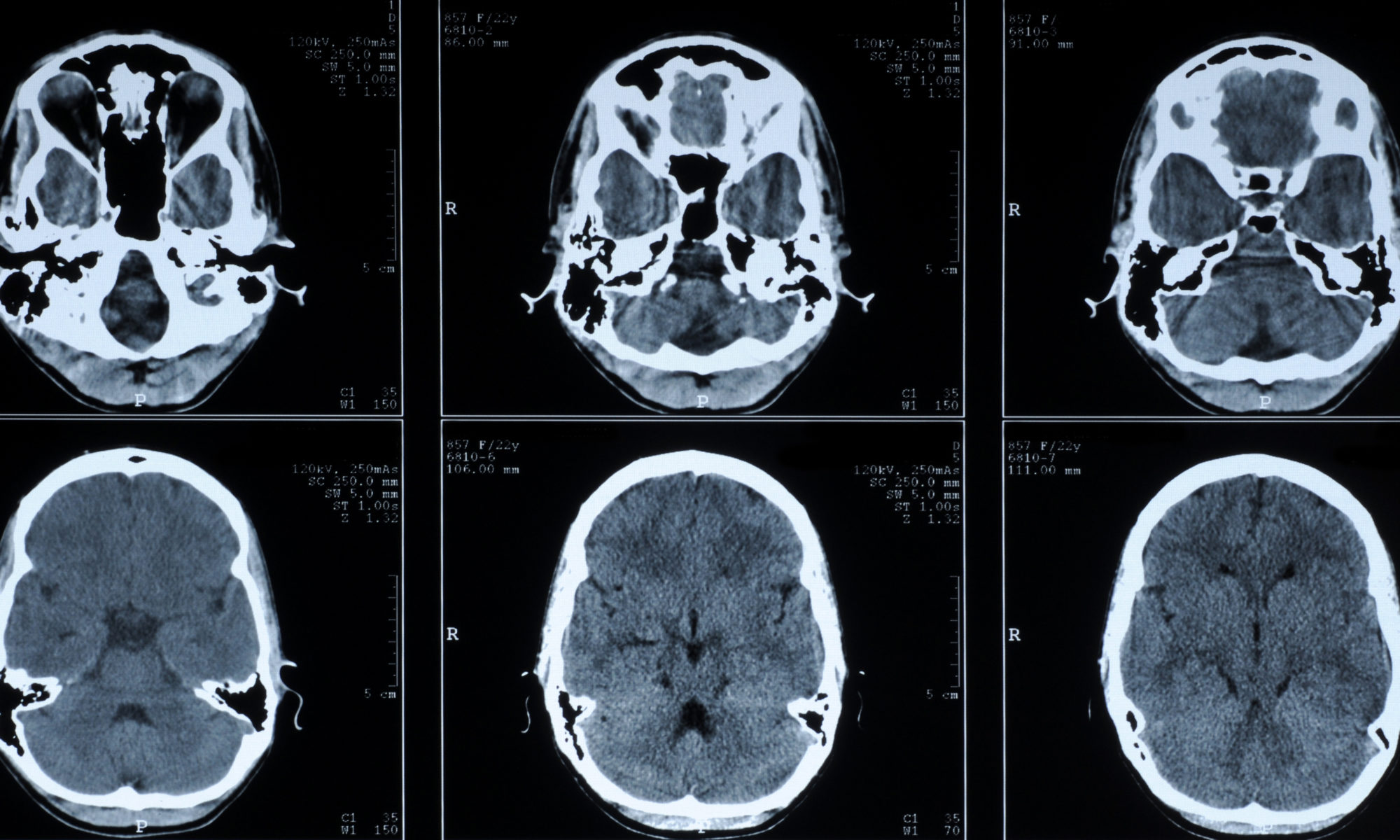Hepatic encephalopathy (HE), which manifests as decreased brain function, is a common, debilitating condition seen in patients with liver disease. The symptoms can range from attention deficits to coma and are largely reversible. The healthcare burden of HE is profound: HE is the leading cause of 3-month readmission for patients with cirrhosis in North America and is associated with increased mortality. Researchers at Baylor Scott & White Research Institute have summarized the latest insights into the pathophysiology and treatment of HE in a recent issue of Nutrition in Clinical Practice.
Pathophysiology. The pathophysiology of HE is increasingly recognized to be complex. Ammonia has long been considered the most important contributor to HE, however there are other multifactorial processes that contribute to HE, most of which are not well understood. Under normal circumstances, the breakdown of dietary protein in the gut produces ammonia, which is metabolized via the urea cycle in the liver and excreted. When the liver is dysfunctional, ammonia is shunted into the systemic circulation and enters the brain by crossing the blood-brain barrier. Excessive amounts of ammonia in the brain damage the neurons, either directly or by promoting swelling and oxidative stress in the astrocytes, causing a confusional state.
According to Mohammad Amin Fallahzadeh, MD, MPH, who is interested in Hepatology, and Robert Rahimi, MD, MSCR, Hepatologist at Baylor University Medical Center, a part of Baylor Scott & White Health and authors on the manuscript, the viewpoint has shifted. “We now see the cause as multifactorial. Deficiencies in multiple systems, such as the muscle, kidney, the liver, and the gut microbiome, can contribute to HE, and it is made worse with inflammation.”
Regarding risk factors for HE, Dr. Rahimi mentions that once again there are many factors to consider. “Probably the most common risk factor is not taking the medicines correctly.” Also, people with liver disease are at an increased risk of infection that can precipitate HE. In addition, the use of concomitant medications, especially diuretics, can precipitate HE in patients with liver disease. Other key factors include disturbances in the levels of sodium, zinc, thiamine (vitamin B1), and vitamin D.
Connections between frailty and HE. Frailty is an age-associated decline in homeostasis across multiple organ systems, which increases susceptibility to stressors. Frailty, when combined with HE, can enhance the risk of negative outcomes. For example, in a 2019 study of 1044 patients with cirrhosis who were waiting for liver transplants, published in Gastroenterology, the mortality rate was significantly greater in patients with both frailty and HE than in those with just HE. Dr. Rahimi, also a co-author of the Gastroenterology study, mentions that the mechanism is not fully established but they have clues. “We know that muscle absorbs part of the ammonia. When the patients are sarcopenic, the muscle is not there and the ammonia cannot be absorbed, and they have an elevated level of the toxic ammonia, which causes symptoms of HE.”
Protein malnutrition. Cirrhosis is a catabolic disease and up to 90% of patients with liver cirrhosis have protein-calorie malnutrition. This catabolic state is enhanced by HE and leads to cachexia, a condition that involves weight loss and muscle wasting. According to Dr. Rahimi, this increased understanding of the metabolic factors involved in HE has shifted the treatment guidelines. “We used to think that when you have a high protein diet, you have a high protein load. That has been dispelled. We now want to give patients more protein to combat the protein malnutrition.” Current protein intake recommendations for people with liver cirrhosis and HE are 1.2 to 1.5 grams per kilogram of body weight, distributed over multiple meals throughout the day with an emphasis on vegetable and dairy proteins
Specialized diets focusing on branched-chain amino acids are among the therapeutic strategies for HE. Skeletal muscles in cirrhosis need these branched-chain amino acids as the sources of energy to resynthesize glutamine and remove ammonia. People with cirrhosis have changes in amino acid metabolism, leading to the preferential accumulation of aromatic amino acids at the expense of branched-chain amino acids. Furthermore, the aromatic amino acids can enter the brain and contribute to HE development. Thus, people with HE are likely to experience both protein deficiency and amino acid imbalance.
Treatment of HE. In addition to nutrient and vitamin-replacement strategies, current treatments center around manipulating the gut microbiome to reduce ammonia production. These therapies include nonabsorbable disaccharides (lactulose and lactitol) and nonabsorbable antibiotics (Rifaximin). Treatment strategies on the horizon include probiotics, prebiotics, ammonia scavengers, and fecal microbial transplantation, which attempts to alter the gut microbiome. Further research on the safety and effectiveness of these strategies is required.



